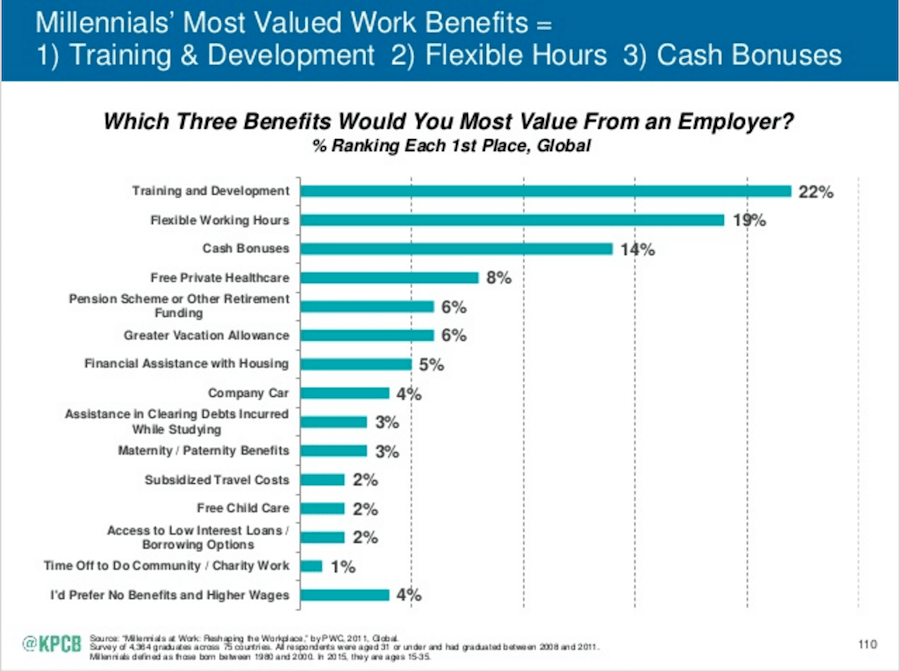
Earlier this year, I was told about a discussion among higher-ups at a tech company. There had been a survey among all employees, and the result was that many of them were dissatisfied with the lack of perspective they saw in terms of personal advancement and development. There were no career tracks, nor were there personal development plans of any sort.
A higher-up manager’s reaction was rather interesting. He demanded that people should care less about what is good for them, and more about the mission and the goals of the company. That way, the company would achieve great things, and the people with it. Being part of something great and sharing a common purpose should count more than titles and short-term earning, so his logic.
The “rocket ship” legend
Maybe this manager was thinking about the advice Eric Schmidt gave to Sheryl Sandberg when she was unsure whether to join Google or not in 2001: “If you’re offered a seat on a rocket ship, don’t ask what seat. Just get on.” In other words, Sandberg’s exact position did not matter that much, as long as the company was growing at a rapid pace. Because of that growth, her career would take care of itself.
This was certainly good advice in the Google case. Back then, Google probably had some 200-300 employees. Two and a half years later, there were already more than 800 employees, and, when Sandberg left Google in 2008, the number was close to 20,000. Moreover, during her tenure at Google, the company’s annual revenue shot up from $0.4 billion to more than $16 billion (40x increase).
This was indeed rocket ship growth, and if your company is expecting a similar success story for itself, and is still at an early stage as Google was in 2001, then, first of all, congratulations, and secondly: Yes, you may reasonably ask your employees to put the company’s interests before their own for some time. However, if you have already 1000+ employees, the “get on the rocket ship early” phase is over, and these employees are not participating in the company’s growth in any other way than their salary and some nice perks, then you should expect them to ask themselves certain questions.
One question that Mark Suster recommends to ask is: “Am I here to learn or to earn?” We work in a knowledge-dominated industry where it should be at least one of the two. For most people, it is fine not to make royal salaries as long as they can successfully pursue personal goals. In software engineering, these goals are often related to learning and experience. If your company and you, as a manager, do not actively support these goals, you will first lose your people’s loyalty, and sooner or later lose them altogether.
The most valued work benefit
In fact, especially millenials (people born between 1980 and 2000) name training and development as their most valued work benefit. If they cannot find it in your organization, they will look for it elsewhere.

Some managers think there is a contradiction or inherent conflict between doing what is best for people’s development and doing what’s best for the company. However, they are two sides of the same coin. If you give people opportunities to grow and expand their skills, and put them in an environment where they can do what they do best every day, they will thank you by giving you ever-increasing performance. They will be more motivated, more engaged, and deliver better work. They will see that you invest in them, and they will want to give back. Ultimately, it’s a win-win.
Moreover, they will become not just linearly better, but exponentially. As Hamming said, there is a compound interest in learning, because you build up an ever-increasing network of “knowledge dots” to connect. To quote Hamming:
“The more you know, the more you learn; the more you learn, the more you can do; the more you can do, the more the opportunity - it is very much like compound interest.”
You might have to invent new roles for people once in a while, to make best use of your people’s individual talents. This is sometimes hard, time-consuming work, depending on the rigidity of your organization. However, this is a lot better than having people retire on the job because they do not see any perspective for themselves.
If you are still not convinced, imagine this: You do not invest in your people’s growth, and they stay forever. Then they will do the same kind of work, in the same way they always did, while the more engaged employees of the competition will outperform them.
Bringing goals together
So, back to the original question: Should you convince employees to do what is best for the company while lacking a perspective for themselves? I think that is unrealistic and not sustainable over time. In Peopleware, the authors call this “management by hysterical optimism”. It is easy for managers who are financially or otherwise incentivized to demand that people care deeply about company goals. However, to the average employee in a company of 1000 people, company goals are somewhat arbitrary. They do not have a very clear, immediately recognizable stake in it.
What everyone does have a stake in is their individual goals. The - admittedly tricky - task of company management is, therefore, to put people in positions where these two kinds of goals are in sync. Ideally, if an employee pursues an individual goal, this should also be in the best interest of the company.
This sounds impossible at first. Synchronizing the individual goals of several hundred people with company goals? I must be joking, right? This is a tough market, after all, and not a unicorn sanctuary.

Jason Evanish, CEO of Lighthouse, tells an interesting story about an employee who was doing business development, but wanted to become a product manager. Unfortunately, Jason could not put her in a position in product management. What he did instead was to buy some books for her, give her some infrequent one-on-one training sessions on product management, and introduce her to his product manager friends.
The effect was that a) the employee stayed longer with the company than she might have otherwise, and b) she was more engaged in her business development work while she was there.
Career path vs. learning path
This anecdote shows that it does not always have to be about the career path. If your company has hundreds of people, it cannot provide new titles or positions for everyone all the time. However, there should be something like a development path, or learning path, that is clearly visible to employees. Intel had (or still has) a course catalog with dozens of training courses to choose from. Employees can “collect” completed courses and thus become ever more qualified. Google has codelabs, programming guides, and tech talks by industry trendsetters. And if you, like most of us, cannot afford these, you can watch their videos. You don’t even have to create your own teaching material, it seems. There are hundreds of outstanding screencasts on all kinds of things. Get some people in a conference room, watch some together, and discuss. That’s a start, as long as they can use the material in their daily work.
Conclusion
Calling on the enthusiasm of your employees, on their wish to be part of something greater, might work during the less-than-100-people startup phase. However, as Jason Evanish puts it:
“While finishing projects, closing deals, and shipping features can bring some fulfillment of progress, the most important progress to them is their own personal development.”
Even if you are one of the hottest startups out there: Make sure your people can make some of that most important progress while being with you.
Time investment
This post took me about 5 hours to write. A lot of that time was spent on finding quotes and excerpts that I knew I had read somewhere, but that I had to hunt down first.
 I'm Tom Bartel, Germany-based software developer, engineering manager, speaker, and human communication geek. More
I'm Tom Bartel, Germany-based software developer, engineering manager, speaker, and human communication geek. More